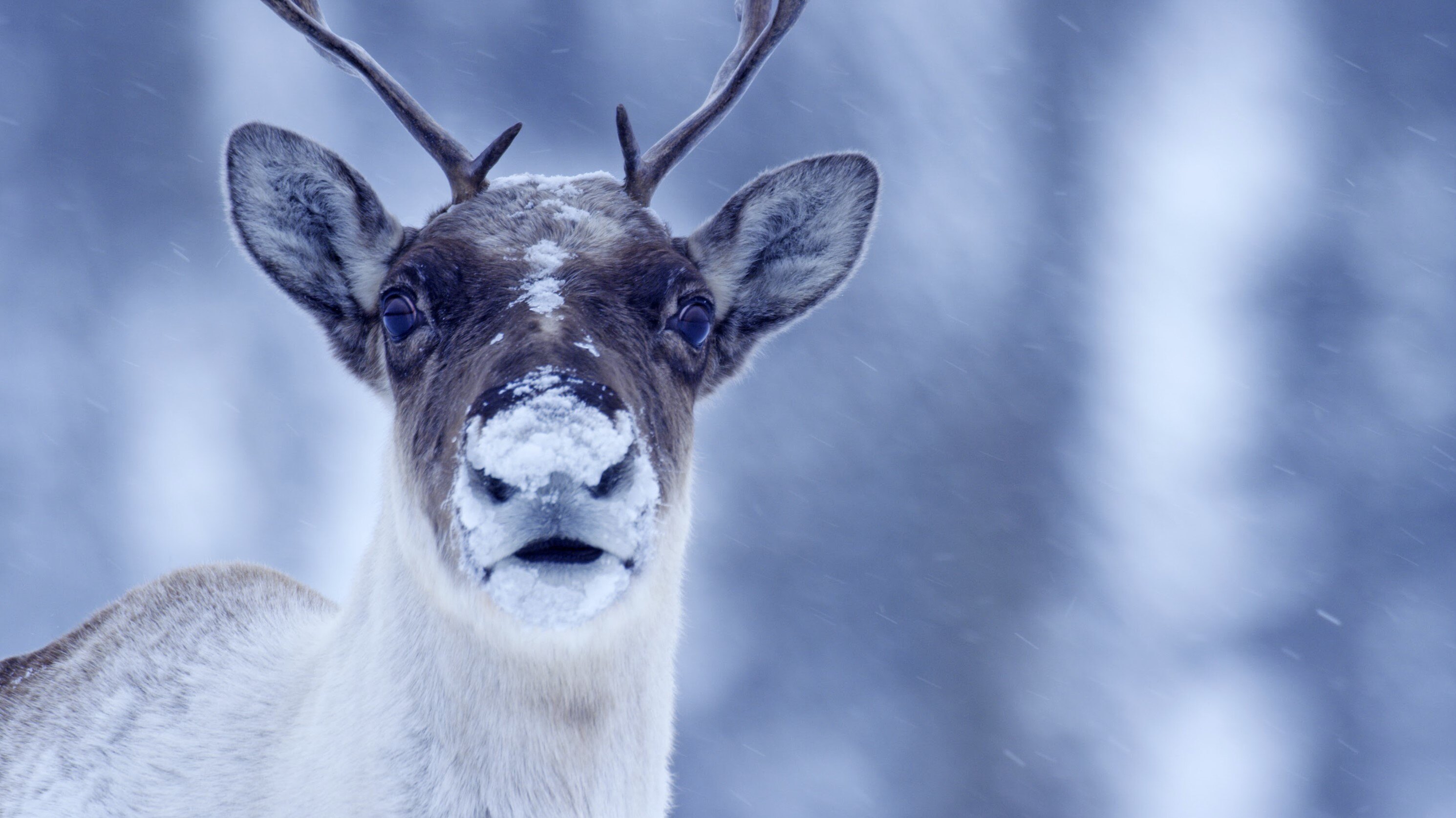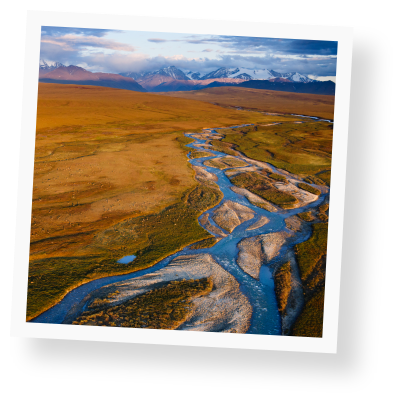With President Trump’s second Inauguration making headlines and the effort to pass a reconciliation package in Congress underway, America’s Arctic is once again in the spotlight as the answer to America’s quest for energy independence. At a rally at the end of 2024, Trump detailed those plans himself:
“I will sign Day One orders to….reopen ANWR in Alaska — and declare a national energy emergency.”
Despite Trump’s assurances that the Arctic National Wildlife Refuge “could have more oil than Saudi Arabia,” the reality is that corporate America has long discarded the concept of oil and gas development in the Arctic Refuge (ANWR). In fact, attempts by Congress to lease the Coastal Plain of the Arctic Refuge have failed not once, but twice. Recently, the second Congressionally mandated federal oil and gas lease sale in the Arctic Refuge received no bids. Since the Arctic Refuge Leasing Program was enacted in 2017, the oil and gas industry has shown little interest in the region. Banks won’t fund it, insurance companies won’t underwrite it, and drilling in the Refuge has broad, long-standing opposition from the Gwich’in Nation and the American public.
Americans stand to gain little and lose much from ongoing attempts to open the Arctic Refuge to oil development. In fact, the failed efforts to lease the Refuge have already cost taxpayers around $2 billion in the form of tax cuts given to the wealthiest individuals and corporations in exchange for Arctic leasing revenue that simply never materialized.
Nevertheless, it does not appear that reality is stopping repeated attempts to open more of America’s Arctic to drilling. Which begs the question–why are Trump and Republicans in Congress pursuing something no oil and gas companies want?
The History and Threat
Eight years ago, the Trump administration pushed through the 2017 Tax Act leasing program to open up the Arctic Refuge in part to justify tax cuts for corporations and the ultra-wealthy. But it was average Americans who were left to foot the bill. Congress estimated that the Arctic leasing program would bring in $2.2 billion. But since then, no development has occurred and every major oil and gas company has walked away from drilling on the Coastal Plain of the Arctic Refuge.
The first lease sale held by the Trump administration in 2021 only brought in less than 1% of the new revenue that was promised when the program was authorized. In 2022, two of the three leaseholders from that sale canceled their leases and asked the BLM for their money back. The final leases held by AIDEA (an Alaska state investment entity, not an oil company) were found to be illegal due to deficiencies with the Trump environmental analysis and were canceled by President Biden in September 2023. Ultimately, between the first and second lease sale, leasing the Arctic Refuge (ANWR) has brought in 0 dollars of the promised $2.2 billion in new revenue. As a result, the deficit only grew.
Nothing has changed since the program was enacted eight years ago; drilling in the Refuge still won’t lower energy prices and won’t provide significant returns for taxpayers or even drillers. But so far, that is not deterring the incoming Trump administration or the 119th Congress from making promises to taxpayers which - once again - won’t pan out and will just be used to further enrich America’s growing billionaire class at the expense of everyday Americans.
Indigenous Peoples are also once again getting the short end of the stick. For years the Gwich'in People have fought to keep their traditional homeland from becoming an industrialized oil field. Since the inception of the movement in 1988, the Gwich’in have successfully led the fight to keep oil drilling out of the Arctic Refuge and their leadership has made clear that it’s their identities, cultural traditions, food security, and future for their children and subsequent generations that is on the line.
The Arctic Refuge supports habitat for a range of iconic species including caribou, Dall sheep, musk ox, moose, black and brown bears, wolves, wolverines, Arctic Grayling, and Dolly Varden. Additionally, the Coastal Plain provides summer habitat and nesting grounds for more than 200 species of birds from six continents and every corner of the United States. Hunters who decoy ducks and geese in each flyway across the U.S. can see waterfowl that have migrated from the Arctic coastal plain.
Oil and gas development in the Arctic Refuge’s fragile Coastal Plain and within Arctic wetlands would devastate wildlife habitat and cultural heritage in some of our most treasured and irreplaceable public lands and waters that support hunting and outdoor recreation opportunities in Alaska and the Lower 48.
Kaden McArthur, Director of Policy & Government Relations for Backcountry Hunters & Anglers, sums it up, writing, “America’s Arctic is our largest expanse of intact public lands, and wilderness quality landscapes such as the coastal plain of the Arctic National Wildlife Refuge represent the most treasured of these. Whether it is the pursuit of caribou, casting a line for Arctic grayling, or hunting waterfowl across the continent that nest in the Arctic during the summer, the value of this landscape for wide-ranging wildlife, and the hunters and anglers who enjoy them, cannot be understated. Coupled with the fact that interest in leasing in the Arctic Refuge is nearly non-existent as evidenced by not one, but two failed lease sales, it is abundantly clear that further attempts to develop this crown jewel of the national wildlife refuge system should be abandoned, not doubled down on.”




